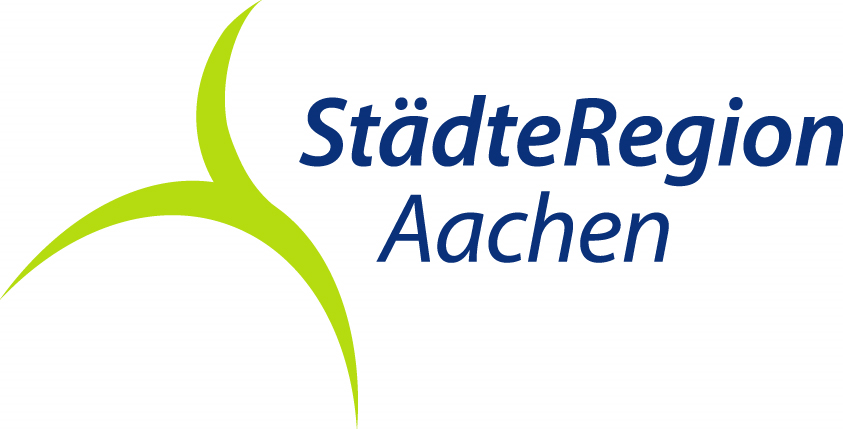Verwunschene Wege
Aachen
Over the course of a year, 800,000 people flock to the Dreiländerpunkt. There, at the highest point in the Netherlands, where the Belgian, German and Dutch borders meet, numerous attractions beckon.
But you can also hike the crowd-puller on quiet paths through the border forests. From the Karlshöhe past the "Mulleklenkes" telecommunications tower (133m), we follow the course of the former Landgraben, a medieval fortification consisting of an earth wall, ditch and beech hedge. It ran for over 70 kilometers around the rural areas of the Aachen Empire and protected the lush forests from timber raiders. In 1611, boundary stones engraved with the city's emblem, the eagle, signaled the rightful owner. We come across two eagle stones on the tour: hidden near the German-Belgian border barrier and later in the middle of the path near the Wilhelmina Tower. Along the way, remnants of the old wall and the beech hedge with its old, gnarled rows of trees can be seen along the current borders. With the Beeck tower, we also come across one of the old watchtowers on the Landgraben.
Then a wide meadow opens up in front of us. It lies on the German side and has boldly inserted itself into the Belgian forest with a narrow strip. The small "Rüttchen" turnstile marks the inconspicuous border crossing. As if through a green tunnel, you now enter the Geusenweg. In the 18th century, it provided a hidden church path between Eupen and Vaals, where Protestants, who were insulted and persecuted as "Geusen" (beggars) at the time, found a tolerant island in the midst of a Catholic-dominated environment.
With a view of the west of the city, the route leads up to the Dreiländerpunkt. Eagle's Stone and a play station on the nature discovery trail allow us to experience old and present borders in the forest. We leave the forest hideaway and enjoy the quieter end of the Dreiländerpunkt with its observation tower and skywalk and restaurants with wonderful viewing terraces. After the break, we take the quiet forest path along the old Landgraben border, away from traffic. At the end of the parallel route, those who wish can immerse themselves in the three-country hustle and bustle: the three-country point, the highest point in the Netherlands, the labyrinth and the Baudouin lookout tower.
You return via the Königsweg, a popular hiking trail to the Dreiländerpunkt. The greeting quickly changes between "Hello", "Middag" or "Bonjour" and reveals the origin of the diverse crowd. We soon reach the next pilgrimage route, this time in the true sense of the word. Since 1863, the eight-kilometre-long pilgrimage route, which is also part of the Way of St. James, has been used once a week by the Wednesday pilgrims on their pilgrimage from Aachen to Moresnet-Chapelle. Throughout history, the path in the border forest has served as an escape route in times of war or as a smuggling route. War and peace meet at the concrete teeth of the Westwall. Propagated by the Nazis as an insurmountable line of defense, the bulwark of 1938/39 was already outdated five years later and could not do much to counter the liberation by the Allies. The adjacent pilgrim cross commemorates the victims of the war and calls for peace in Europe.
Highlights along the route:
1 Landgraben, eagle stones
2 Geusenweg
3 Wilhelmina Tower Skywalk
4 Dreiländerpunkt, highest point in the NL, Baudointurm, labyrinth
5 Bittweg
6 West Wall


















